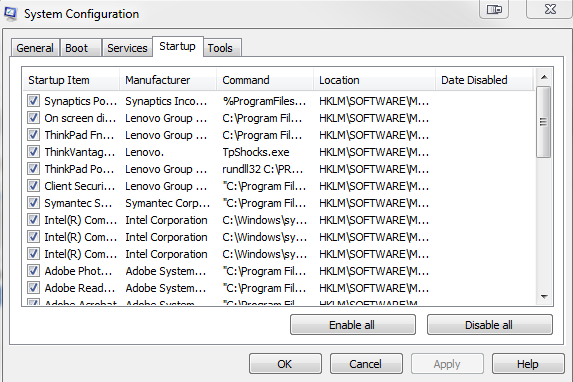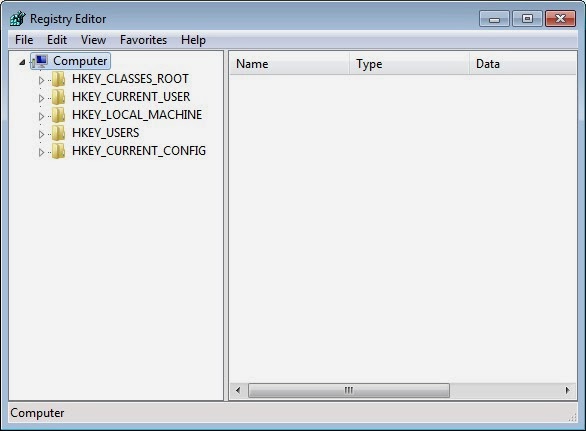Symptoms of LNK:FakeFolder-B[Trj] Trojan Virus
1)
It makes modifications to system settings and adds malicious files.
2)
It alters some importable system files and disables certain programs.
3)
It eats up available computer resources and lowers computer performance.
4)
It utilizes system loopholes to endanger your Windows operating system.
4)
It helps various computer viruses and hackers get into your Windows.
Know More about LNK:FakeFolder-B[Trj] Virus
LNK:FakeFolder-B[Trj]
is a terrifying Trojan horse that not only messes up system settings but also
plays havoc with operating system. This type of Trojan virus often comes together
with free programs, shared files and spam email attachments. In addition, this
virus alters the scripts of some websites secretly. Once you visit these
websites carelessly, your computer will be infected with this virus right away.
As
a horrible Trojan infection, LNK:FakeFolder-B[Trj] modifies system startup
items and adds its malicious codes to your system furtively. These modifications
can support this pest to carry out malicious activities in the background. When
you work on your desktop, you receive error messages randomly. You are informed
that several crucial executable files related to certain programs don’t exist
in your system. And LNK:FakeFolder-B[Trj] also uses generates junks files to
take up a lots of system resources. As a consequence, computer performance is
slowed down. Your machine responds you at a slow speed and gets stuck easily.

Additionally,
there are some system vulnerabilities appear on your system. If you don’t fix
these loopholes in time, LNK:FakeFolder-B[Trj] is likely to use them to cause
further damage. It would open a backdoor for various viruses and cyber hackers.
As soon as your computer is attacked by these horrible attackers, it will be
disabled in future. Moreover, all confidential information associated with your
bank account and credit card will be at the risk of being stolen. All in all, LNK:FakeFolder-B[Trj]
can bring a variety of troubles and problems to you. You should remove it as
fast as you can.








